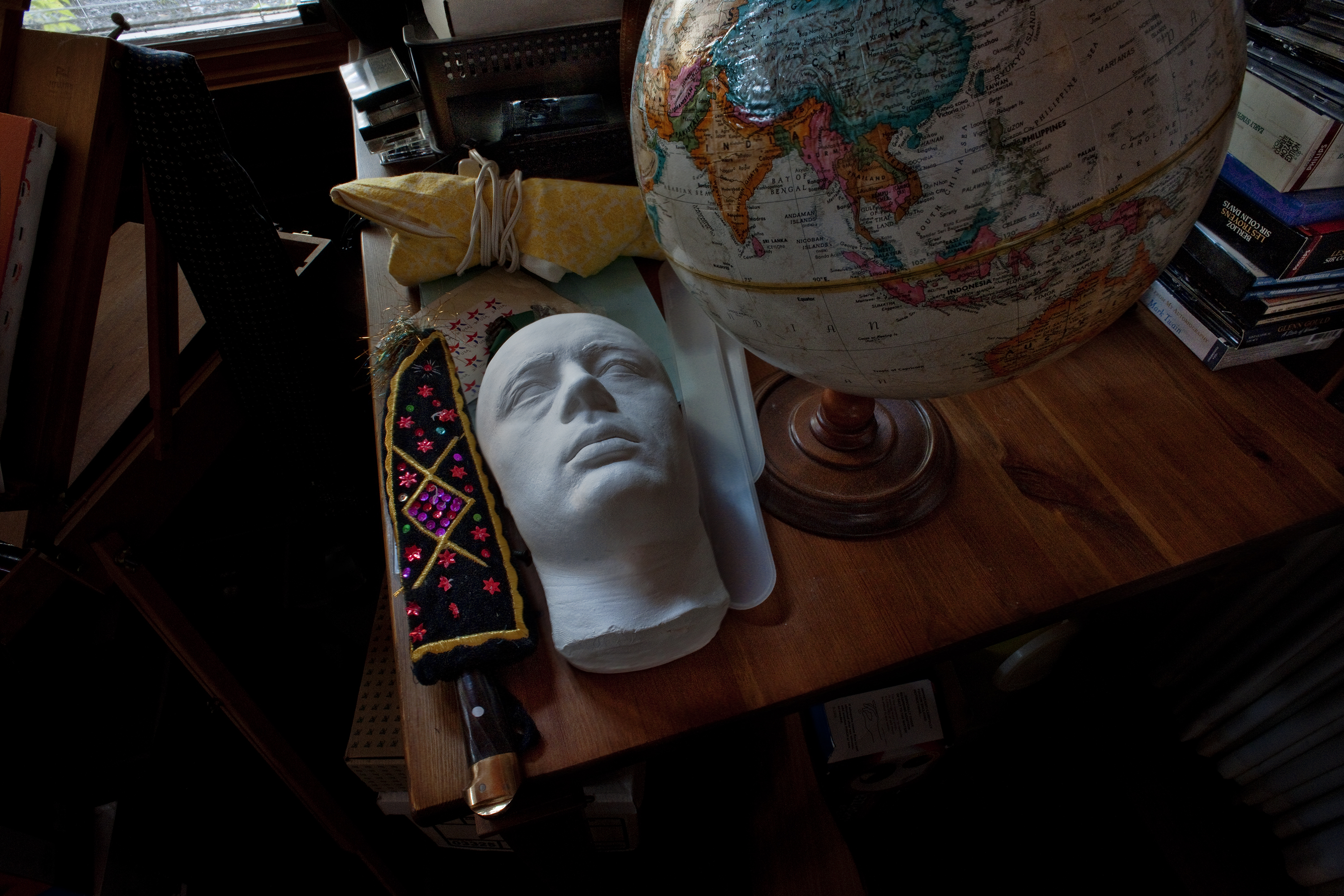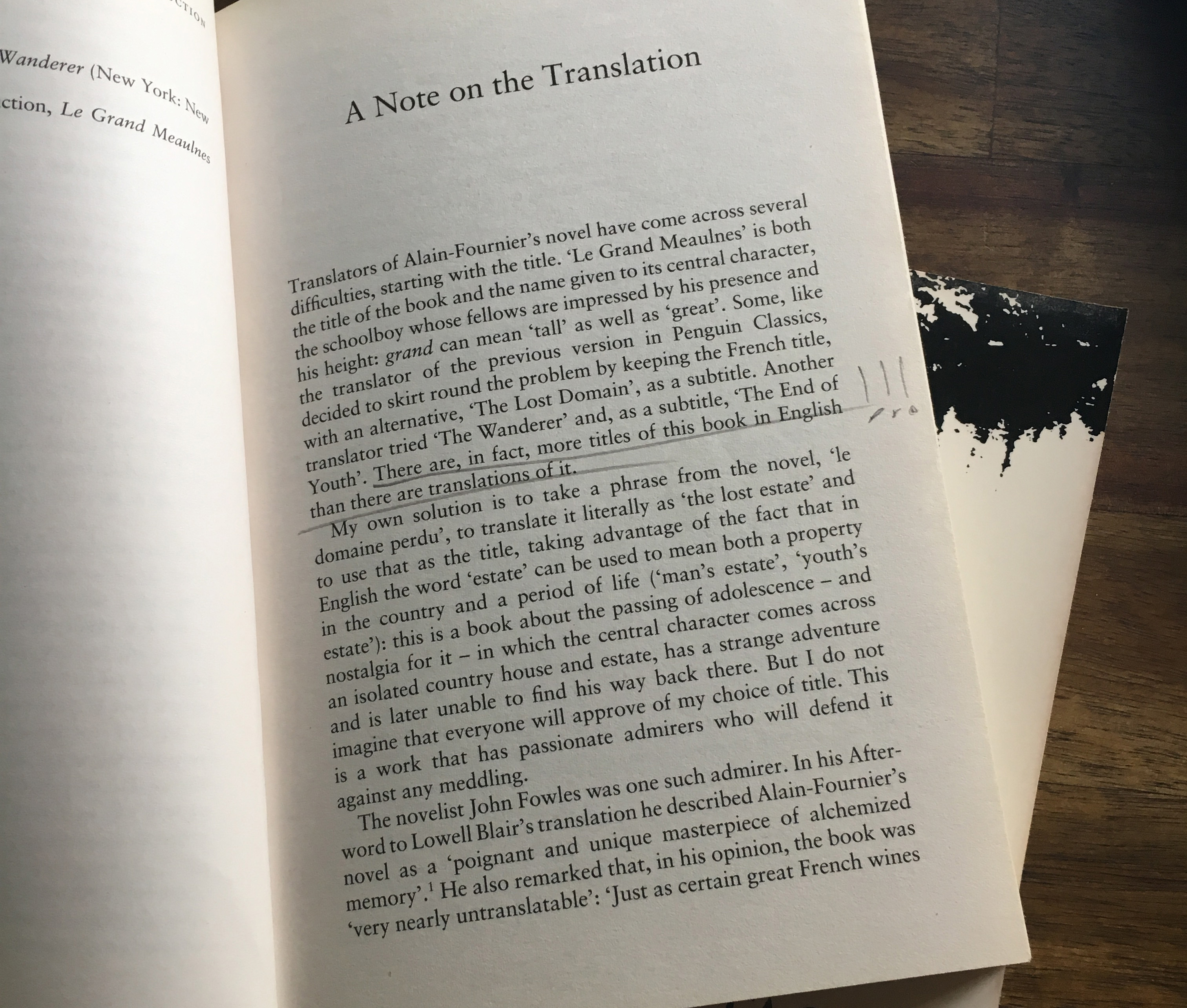A Milky Way-surveying spacecraft found a planet 12 times more massive than Jupiter,tantric eroticism along with a brown dwarf, each distantly orbiting stars smaller than the sun.
Scientists have dubbed the exoplanet, a world well outside our solar system, Gaia-4b. The brown dwarf, not quite a planet or a star, is Gaia-5b. Respectively, they are 244 and 134 light-years away.
The European Space Agency's Gaiaspacecraft, which has recently retired because it's running out of fuel, is responsible for the discoveries. Both enormous celestial objects were made official after confirmation from other instruments. Though Gaia concluded science observations on Jan. 15, these results are an intriguing tease to a vast data releasefrom the mission anticipated next year.
"This discovery is an exciting tip-of-the-iceberg for the exoplanet discoveries we can expect from Gaia in the future," said Matthew Standing, an ESA research fellow, in a statement.
SEE ALSO: Scientists haven't found a rocky exoplanet with air. But now they have a plan.The number of confirmed exoplanets has tipped 5,800, according to NASA, with thousands of additional candidates under review. The growing tally is a tiny sampling of planets in space. With hundreds of billions of galaxies, the universe probably teems with many trillionsof stars.
Gaia-4b is considered a super-Jupiter planet, a relatively cold gas giant, orbiting its star over 570 Earth-days. That star is estimated to be 64 percent the mass of the sun.That makes Gaia-4b one of the most hulking planets known to circle a small star.
The brown dwarf, sometimes referred to as a failed star because it lacks the scale to generate its own nuclear power, orbits its even smaller star — about 34 percent the sun's mass — in a slightly shorter Earth-year. Though it may not have been able to hack it as a star, this thing is no shrinking violet. It's about 21 times more massive than Jupiter. For the sake of comparison, Jupiter's mass is equal to about 318 Earths.
The findingswere published in The Astrophysical Journal.
 The gravitational tugs of orbiting planets can cause host stars to wobble in an almost corkscrew-like pattern. Credit: ESA illustration
The gravitational tugs of orbiting planets can cause host stars to wobble in an almost corkscrew-like pattern. Credit: ESA illustration The exoplanet is Gaia's first independent success using the "wobble" technique, aka astrometry, according to the space agency. Since the mission launched in 2013, the spacecraft has used a pair of optical telescopes to scan the sky. Because of its precision in tracking the motion of stars, scientists believe its data will potentially lead to thousands of new discoveries.
The gravitational tugs of orbiting planets can cause host stars to wobble in an almost corkscrew-like pattern, and planet hunters are adept at interpreting these jitters in the data. But confirmation from other telescopes is key for these candidates because there are other possible reasons for the motion, such as the influence of another nearby star. The WIYN 3.5-meter Telescopeat the Kitt Peak National Observatory in Tucson, Arizona, provided crucial follow-up observations.
"Massive planets around low-mass stars are known to be relatively rare," said Guðmundur Stefánsson, lead author of the paper, in a statement, "but when they occur, they cause a larger wobble, and therefore a stronger astrometric signature that is easier to detect."
 Trump's science adviser pick is actually a good scientist
Trump's science adviser pick is actually a good scientist
 Staff Picks: Eve Ewing, Giudo Morselli, Hernan Diaz
Staff Picks: Eve Ewing, Giudo Morselli, Hernan Diaz
 'Fortnite' players can now report others using voice recordings. Here's how.
'Fortnite' players can now report others using voice recordings. Here's how.
 RIP Barbara Walters, you were an icon
RIP Barbara Walters, you were an icon
 Ann Beattie Rearranges the House at Night
Ann Beattie Rearranges the House at Night
 YouTube lets you create AI music that sounds like Charli XCX (with permission)
YouTube lets you create AI music that sounds like Charli XCX (with permission)
 “Human Life Is Punishment,” and Other Pleasures of Studying Latin
“Human Life Is Punishment,” and Other Pleasures of Studying Latin
 Best robot vacuum deal: Save $200 on Eufy X10 Pro Omni robot vacuum
Best robot vacuum deal: Save $200 on Eufy X10 Pro Omni robot vacuum
 Reading J. A. Baker’s ‘The Peregrine’ in Fall
Reading J. A. Baker’s ‘The Peregrine’ in Fall
 SpaceX's BFR has a new name. Elon Musk is calling it Starship.
SpaceX's BFR has a new name. Elon Musk is calling it Starship.
 YouTube lets you create AI music that sounds like Charli XCX (with permission)
YouTube lets you create AI music that sounds like Charli XCX (with permission)
 Seeing Reynolds Price Through His Art Collection
Seeing Reynolds Price Through His Art Collection
 Google Search's AI image generator lets you dream up products — and shop the real versions
Google Search's AI image generator lets you dream up products — and shop the real versions
 Best Sonos deal: Save $50 on Sonos Era 100
Best Sonos deal: Save $50 on Sonos Era 100
 New Year's traditions, like eating 12 grapes, are trending on TikTok.
New Year's traditions, like eating 12 grapes, are trending on TikTok.
 How to use stainless steel sex toys
How to use stainless steel sex toys
 How to watch the UGA vs. Tennessee football without cable: kickoff time, streaming deals, and more
How to watch the UGA vs. Tennessee football without cable: kickoff time, streaming deals, and more
 On the Pleasures of Front Matter
On the Pleasures of Front Matter
Amazing football street performer has all the right movesThousands form human chain across Golden Gate Bridge in powerful message to TrumpAdele will be back to perform at the GrammysGenius mom has the best way of sneaking out of her kid's nursery'Zelda: Breath of the Wild' will be Nintendo's final Wii U gameSee the super collection of the Guinness World Record holder who owns 1,518 Superman itemsSnapchat's new lenses will unleash your inner soccer prodigyNewborn baby becomes ideal wingman in father's surprise proposalOne of the most popular White House website pages is a petition seeking Trump's tax returnsHillary Clinton tweets in support of Women's March on WashingtonVideo of viral altTwo teens freaked out the internet by 'eating' ramen from a toiletNBC's 'Powerless' is the superhero comedy you've been waiting forTrump has officially taken over the @POTUS accountRick Perry was casually blowing bubbles with his gum at the inaugurationVideo of viral altChrissy Teigen's run in with a racist paparazzo shook the internetTwitter just isn't enough. President Trump takes to Snapchat.One of the largest icebergs ever seen is even closer to breaking off AntarcticaSecurity experts request retraction of The Guardian's WhatsApp article Whiting Awards 2019: Merritt Tierce, Fiction In Search of William Gass by Zachary Fine The Artist A Quaker Woman Writes about War by Lisa Gornick Poetry Rx: Your Absence Has Gone through Me by Claire Schwartz Redux: Eerie Fictions of the Afternoon by The Paris Review Letters From W. S. Merwin by Grace Schulman Dressing for Others: Lawrence of Arabia’s Sartorial Statements by Isabella Hammad Redux: The Stone The Joys of ‘Breaking and Entering’ I, a Novelist: An Interview with Halle Butler by Patrick Cottrell Whiting Awards 2019: Vanessa Angélica Villarreal, Poetry James Tate’s Last, Last Poems by Matthew Zapruder Tolkien’s Watercolors by The Paris Review Staff Picks: Passion, Portals, and Premature Presents by The Paris Review Cooking with Colette by Valerie Stivers Nothing Is Like Anything Else: On Amy Hempel by Alice Blackhurst A Mail Carrier Bikes the Wasteland by Gébé Poetry Rx: Suddenly Something Snaps by Kaveh Akbar The Poetic Consequences of K
0.6836s , 10194.046875 kb
Copyright © 2025 Powered by 【tantric eroticism】,Exquisite Information Network